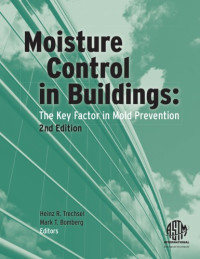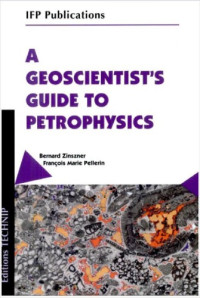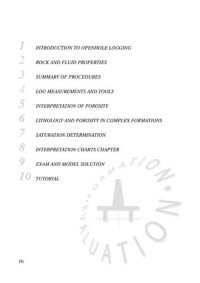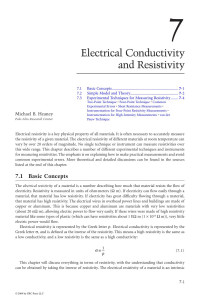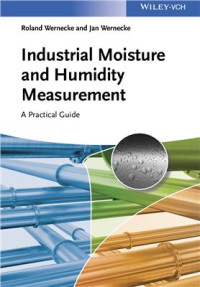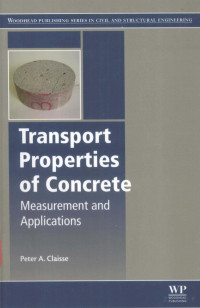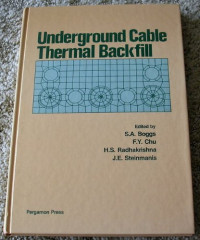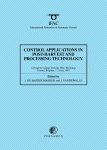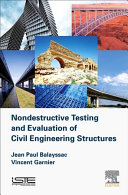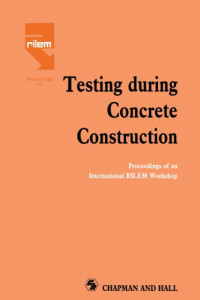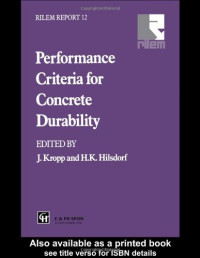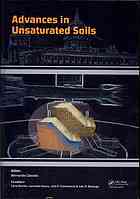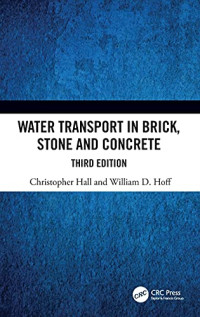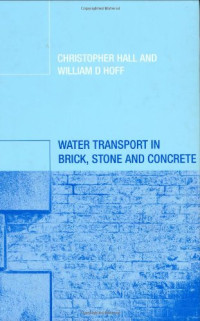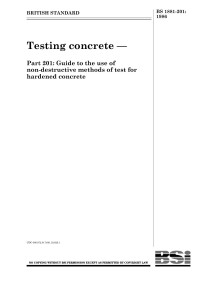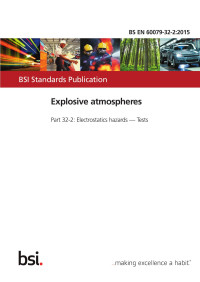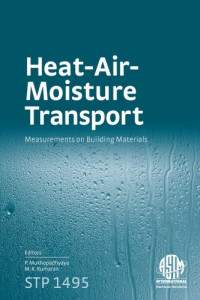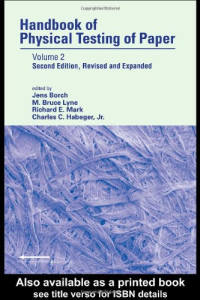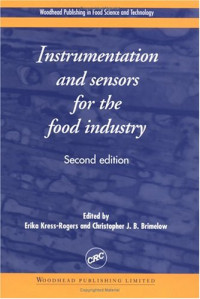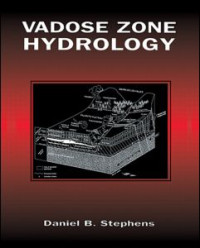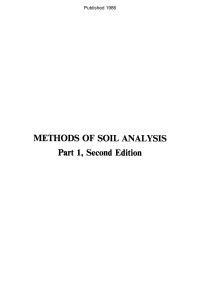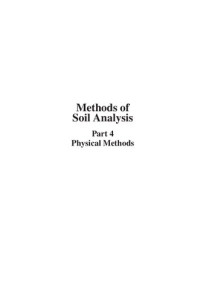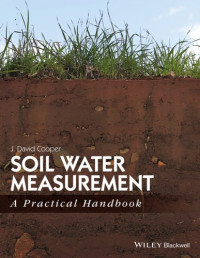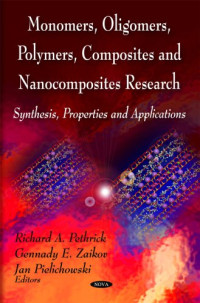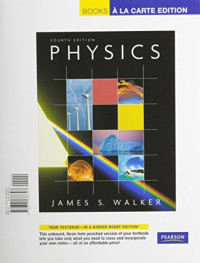
Methods of Measuring Moisture in Building Materials and Structures: State-of-the-Art Report of the RILEM Technical Committee 248-MMB
Lars-Olof NilssonRILEM TC 248-MMB was established in 2012 with the main aim to improve and distribute knowledge related to moisture measurement in construction materials in various scientific and industrial applications.
Properties and performance of building materials and structures are influenced to a large extent by the moisture conditions in the materials. Obvious examples are heat conductivity, shrinkage and creep, transport properties, most types of deterioration, discoloration etc. For research and applications the moisture conditions must be quantified, by measurements in the laboratory or under field conditions. There is much variation in methods being used, even within the same topic, in different countries, both with regard to materials and to applications. No consensus whatsoever does exist. For the construction industry it is important to be able to quantify the moisture conditions in an accurate way in various applications.
This state-of-the-art report is divided into two parts, Principles and Applications, with altogether 28 chapters on various moisture measuring principles and a number of applications.
Beware of he who would deny you access to information, for in his heart he dreams himself your master
 Converti i file
Converti i file Più risultati di ricerca
Più risultati di ricerca Altri vantaggi
Altri vantaggi 